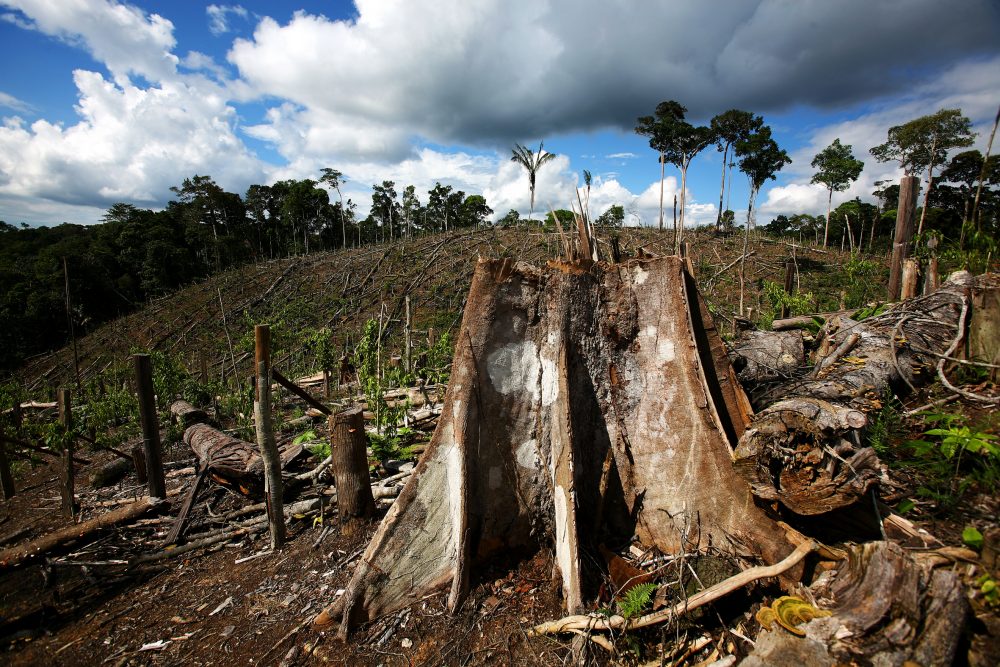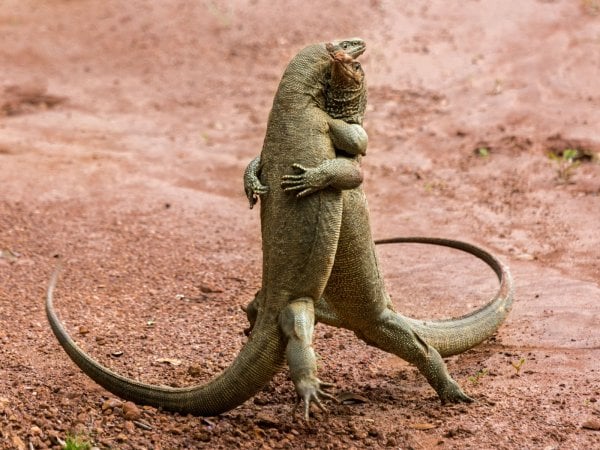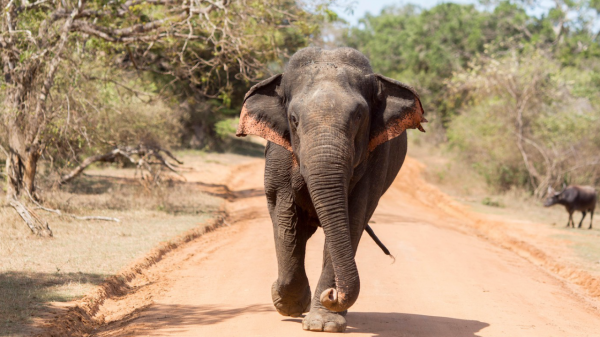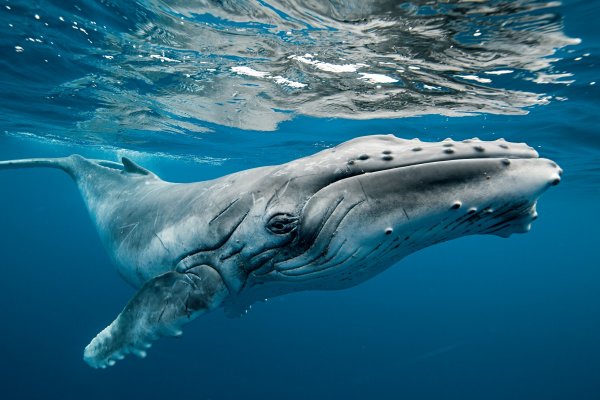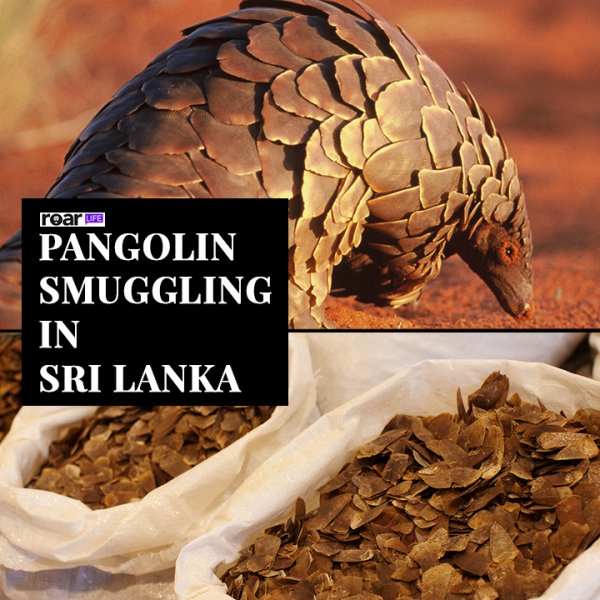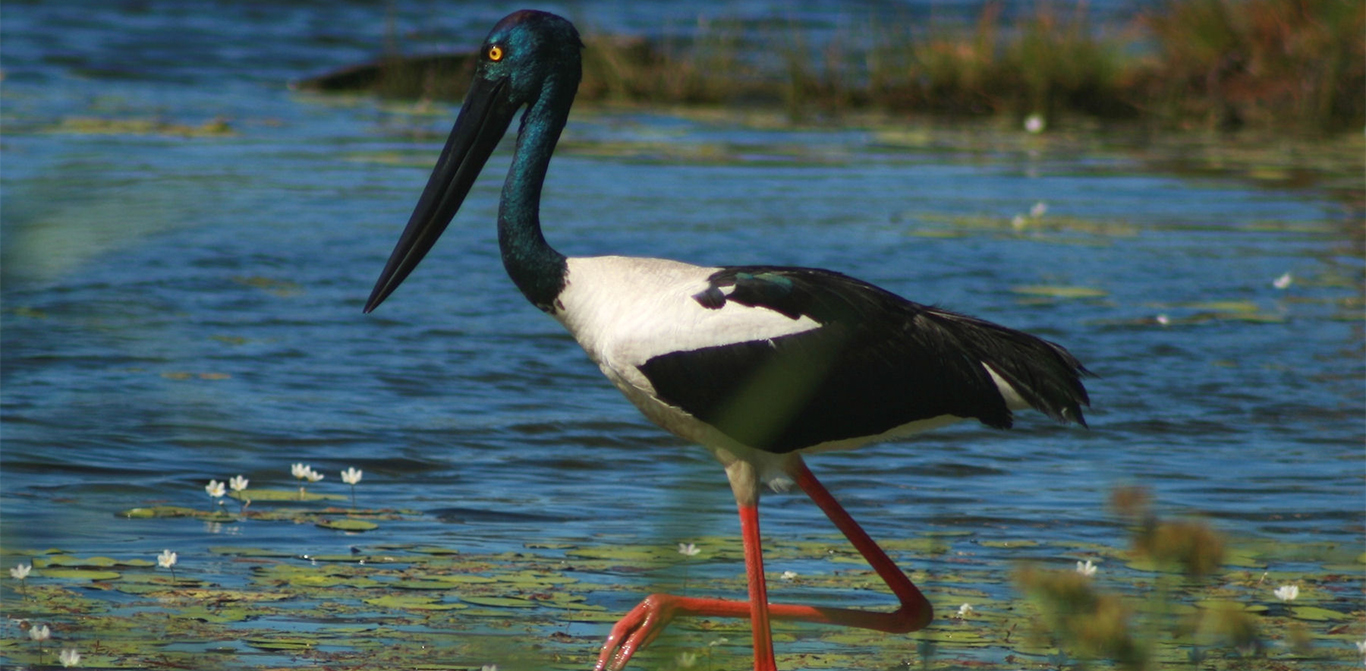
A number of factors, primarily climate and topographical conditions, have contributed to Sri Lanka being recognised as one of the world’s 25 biodiversity hotspots. What this means is that – despite its relatively small land area of 65,610 km² – Sri Lanka has a significantly high diversity of animals, birds, insects, and plants.
Apart from being an overall great place to experience wildlife, Sri Lanka has also held a very special appeal to birdwatchers, both locally as well as from abroad. While there are currently a number of bird clubs and ornithology groups around the island, international enthusiasts are also known to make the trip all the way here especially to find, observe, and photograph the birds of Sri Lanka.
Sri Lanka is currently home to around 237 resident birds, at least 26 of which are endemic species. Apart from this, the island is also visited by a number of migratory birds. In recent times, however, many of Sri Lanka’s birds have been facing threats, mostly due to human activity and loss of habitat.
The 2007 IUCN Red List on Sri Lanka lists ten species of birds as critically endangered, and a number of others as endangered and vulnerable. In many of the cases, the birds are believed to be dwindling in number due to a loss of habit, while some birds appear to be facing very specific threats. Sometimes, experts have found it difficult to conduct further studies into a species due to the birds’ elusive nature, or an overall lack of awareness of and interest in birds. Roar spoke to environmentalist and bird enthusiast, Jagath Gunawardena, to learn more about the ten species of birds who may soon cease to exist on the island.
1. Painted Francolin (Francolinus pictus)

An adult male painted francolin. Image credit: orientalbirdimages.org/Udayan Rao Pawar
Also known as the painted partridge, this bird is found in central and southern India, and in south-eastern Sri Lanka. It was discovered by the British in the grasslands of the Uva and Central Provinces, but soon lost a lot of its habitat to tea plantations, and also fell victim to Englishmen who were known shoot partridge. The painted francolin has reduced in numbers over the years, and is now limited to the Bibile-Nilgala area lower down in the Uva Province.
In 2003, the painted francolin was featured on a Rs. 4.50 postal stamp.
2. Jungle Bush Quail (Perdicula asiatica)

The jungle bush quail, listed as critically endangered in Sri Lanka. Image credit: orientalbirdimages.org/Subharghaya Das
The jungle bush quail is found across the subcontinent, but is considered endangered only in Sri Lanka, with its population having contracted since the 1950s. This bird belongs to the same family as the painted partridge (Phasianidae), and occupies a similar habitat on the island. They are both ground-dwelling birds, and face similar threats ‒ particularly loss of habitat due to human activity.
3. Yellow-Legged Green Pigeon (Treron phoenicopterus)
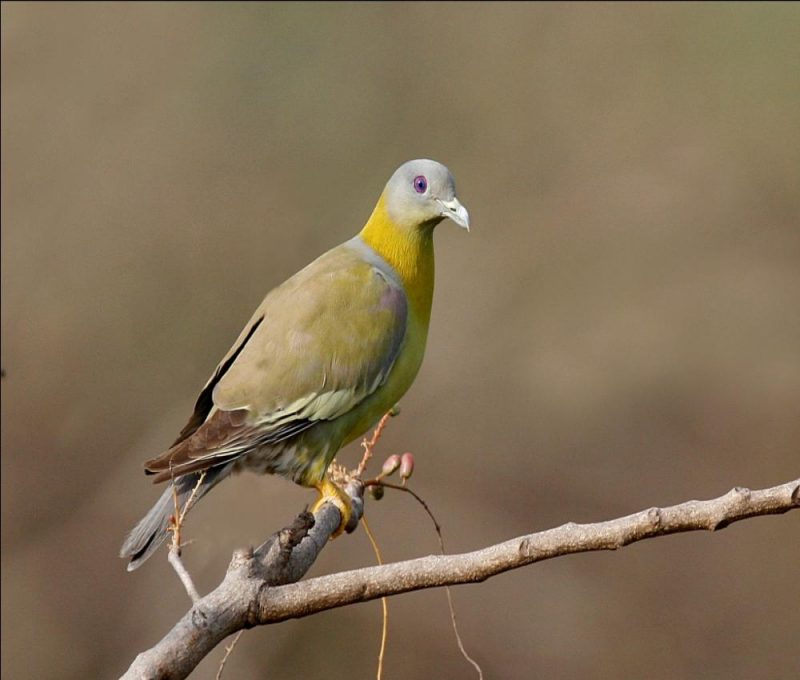
The yellow-legged (or yellow-footed) green pigeon. Image credit: birds.iitk.ac.in
Undoubtedly one of the prettier species of pigeon, the yellow-legged green pigeon is found in many parts of India, and is the state bird of Maharashtra. In Sri Lanka, however, a lot of its fame sadly comes from being on the list of critically endangered birds.
Although not a ground-dwelling bird, the yellow-legged green pigeon is also found in the same areas as the painted partridge and jungle bush quail.
Hence, in providing solutions to protect all three of these birds, environmentalists have long since been calling for the declaration of a dedicated jungle corridor. According to Jagath Gunawardena, a jungle corridor (or wildlife corridor) in the Nilgala area, between the Maduru Oya and Gal Oya national parks, would offer protection in a grassland that is otherwise constantly encroached upon by humans. Protecting this area is vital, he says, because it is the last known habitat of these three endangered birds, all of whom ‒ although not endemic to Sri Lanka ‒ are believed to be more colourful than their Indian counterparts.
-
4. Black-necked Stork (Ephippiorhynchus asiaticus)
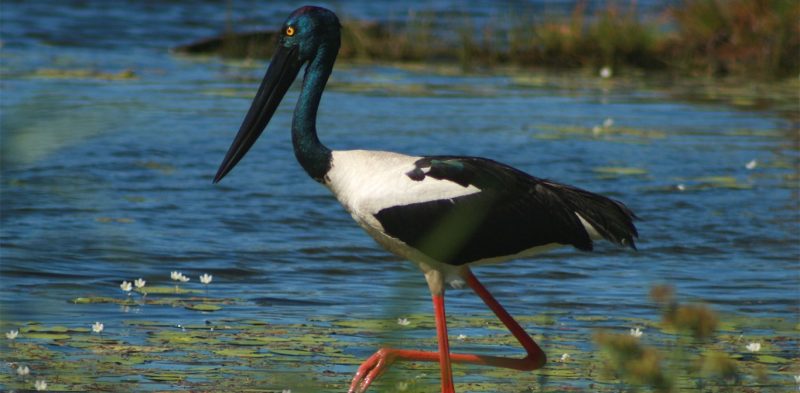
The black-necked stork, a wading bird that can be spotted, albeit rarely, at the Yala and Kumana national parks. Image credit: exploreyala.com
Worldwide, the black-necked stork has been identified as near-threatened, but faces a more dismal – and slightly mysterious – fate in Sri Lanka. According to Gunawardena, this stork was always known to have a recorded population of only around twenty or so, with no visible increase, and no way to determine what has kept their numbers so low.
In spite of being so hard to find, the black-necked stork has been identified as the tallest bird in Sri Lanka. If at all the bird is to be spotted, it would likely be in the areas in and around the Kumana and Yala national parks.
-
5. Spot-billed Duck (Anas poecilorhyncha)

Unlike domestic ducks, these wild ducks are known to be very good fliers. Image credit: ceylonbirdclub.org/kithsirigunawardena
For many years the spot-billed duck was considered a visitor to Sri Lanka, until in 2003 it was found to be breeding in the Mannar region. Gunawardena says that these ducks have established themselves in the Northern Province, but remain hard to find.
Unlike domestic ducks, these wild ducks are known to be very good fliers.
-
6. Jerdon’s Baza (Aviceda jerdoni)
-
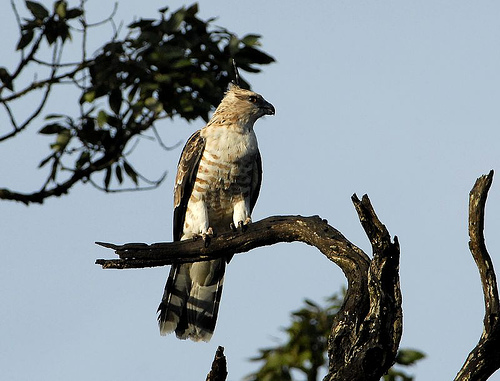
The hawk-like Jerdon’s Baza. Image credit: planetofbirds.com
Named in honour of naturalist Thomas C. Jerdon, this small hawk-like bird is a species of tree-dwelling raptor (bird of prey, not dinosaur) with a small crest on the crown of its head. The Jerdon’s Baza can be found in parts of the Central, Sabaragamuwa, Uva, and Eastern Provinces. Although this sounds like a satisfyingly widespread distribution, the bird is actually found only in very small numbers in each area, explains Gunawardena. He said that the problem with raptors is that their population density can be very low, as they are confined to specific localities only.
Although the Jerdon’s Baza is not known to be directly killed or harmed by humans, its habitats have been facing destruction over the years.
-
7. Indian Courser (Cursorius coromandelicus)
-
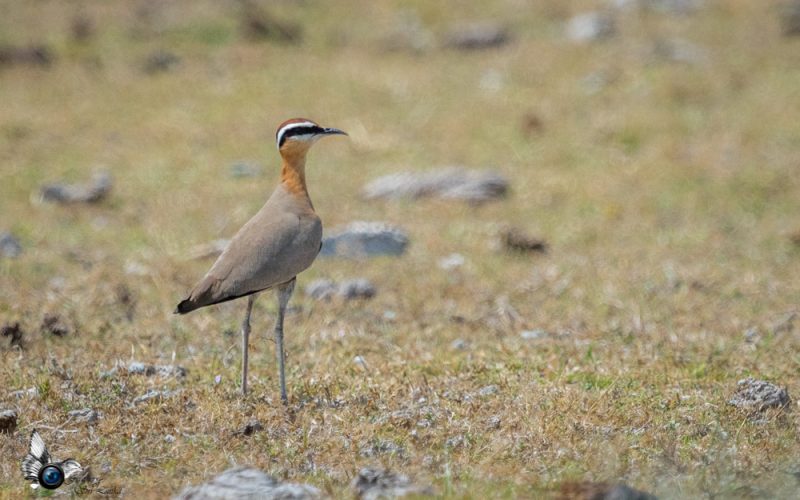
The Indian Courser. Image credit: feathersofsrilanka.lk/Samintha Madhawa
A carnivorous bird that feeds mostly on insects, the Indian Courser is confined to the Northern Province, and that too only to a select few localities. As a result of the war, sightings of the bird were not reported for a very long time, says Gunawardena. After the war, however, sightings were reported from Mannar. Unfortunately, due to the increasing development in the region, these birds are under severe threat. “They have what we call small, scattered and isolated populations,” explained Gunawardena, adding that, “the only way to protect them is to protect their known habitats.”
Doing this will prove to be a challenge, because the Indian Courser is known to limit itself to open land in arid areas with sparse vegetation – areas that are often considered wasteland, prime for construction.
8. Saunders’s Tern (Sterna saundersi)
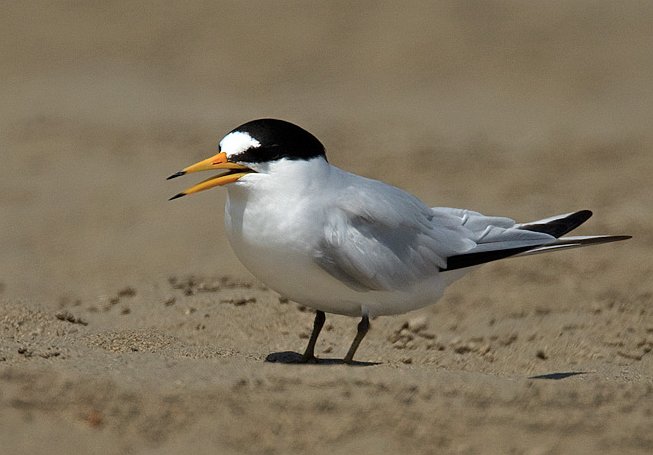
Sauders’s Tern, a bird of the coastal areas. Image credit: orientalbirdimages.org/Ramki Sreenivasan
The Sauders’s Tern is a widespread species in the rest of the world, but nowhere is it a ‘common bird’, says Gunawardena. He also said that it is only known to breed in certain areas in Sri Lanka, specifically in the Bundala area in Hambantota, and in some parts of the Mannar district. It is a bird of the coastal areas, and is often confused with the Little Tern, which is both common and widespread.
9. Blue Rock Pigeon (Columba livia)
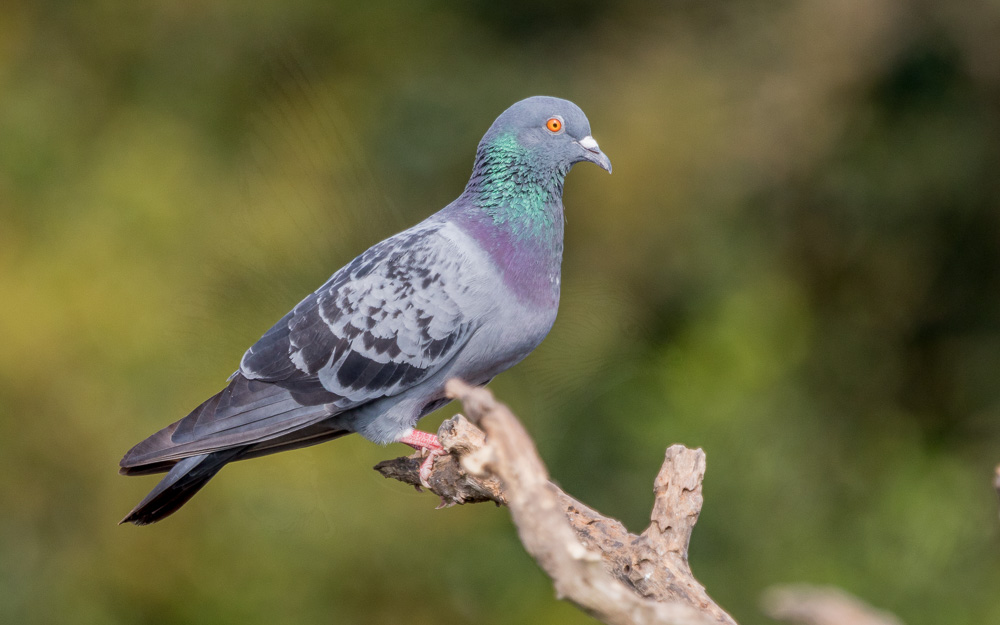
The blue rock pigeon, different to the feral pigeons we’re more accustomed to seeing. Image credit: feathersofsrilanka.lk/Samintha Madhawa
The blue rock pigeon is a different sub-species of the feral pigeon species commonly found here. The more common feral species is believed to have been brought to Sri Lanka by the Portuguese to use as messengers, and later by the English, as pets. What this means is that the blue rock pigeon – although they are now far less in number – are in fact the native pigeons of Sri Lanka, while the feral pigeons, which have a larger, more widespread population, only ended up here thanks to colonisation.
10. Blue-eared Kingfisher (Alcedo meninting)

The blue-eared kingfisher. Image credit: hbw.com/ Phiphat Suwanmon
This species of kingfisher, says Gunawardena, is “an enigmatic species”, mostly because it isn’t yet known for sure if it is native to the island, or merely a vagrant.
This is due partly to a lack of data available on the bird’s activity in Sri Lanka, as well as its resemblance to the common kingfisher, which makes it tricky to distinguish. Sightings of the blue-eared kingfisher are very rare.
With regard to many of these birds, identifying exact reasons as to why they have reduced in number has proven to be a difficult task, says Gunawardena. This is because, he believes, “There are not enough people who know how to conduct scientific observations and keep descriptive records.” In other cases, solutions have been put forward to protect the birds ‒ such as the Nilgala jungle corridor proposal ‒ but, either due to human encroachment, political interference, or other factors, have not been implemented.
Apart from these ten birds, there are also others that have been listed as endangered, and vulnerable, as well as globally threatened migratory birds that visit Sri Lanka.
Whatever the case may be, if these birds and their habitats are not given the attention they are badly in need of, there is a very high likelihood that there will be a number of birds missing from the list of species that can call Sri Lanka home.
